In one of his last actions as president, Barack Obama repealed the “wet foot, dry foot” policy that had allowed a path to citizenship for Cuban nationals, provided they made landfall in the United States and were not caught on the open water.
The move, seen by some as a step toward normalizing relations between the United States and the Caribbean island nation, has already stemmed migration flows but left those who had already begun the journey in limbo.
Rafael Acosta Díaz lived in Holguín, a city in eastern Cuba, with his wife and young daughter. He left Cuba on May 6 last year with his wife, in hopes of escaping the poverty and political oppression he saw in his home country. The couple sold everything they owned to raise funds for their journey, which began with a flight to Guyana, which Cubans can enter without a visa.
The couple were separated when they ran low on cash in Guyana, leaving Acosta’s wife to continue on her own. She reached the United States on the day that the policy was repealed, and is currently living in Austin, Texas. Acosta is stranded in Sapzurro, a small Colombian fishing village near the Panamanian border. At the moment, his journey is halted due to a lack of cash and a recent decision by Panama’s government to restrict entry for Cubans.
“We’re here trying to survive, working to be able to eat, to be able to sleep,” Acosta said, outside a hotel where he has found informal construction work. There are eight other Cuban migrants working there with him, stuck in the same situation.
“It’s impossible to make money here.”
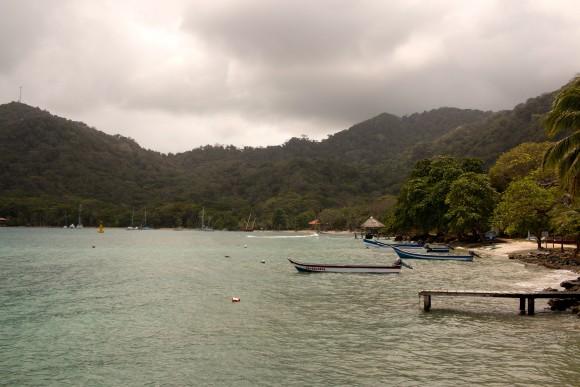
The journey is expensive. Acosta spent $1,240 on his flight from Havana to Guyana, and said it is hard enough to find informal work to pay for shelter and enough food to survive, let alone travel. After leaving Cuba in May, he passed through Brazil, Peru, and Ecuador before arriving in Colombia. He then crossed the border into Panama with some other Cubans, but was picked up by authorities there and deported back to Colombia.
“The Panamanian coast guard picked us up. We were practically already dehydrated, lifeless,” he said.
Acosta’s economic hardships are coupled with an anxiety that he may not be welcomed when he gets to the United States, owing to the repeal of “wet foot, dry foot.”
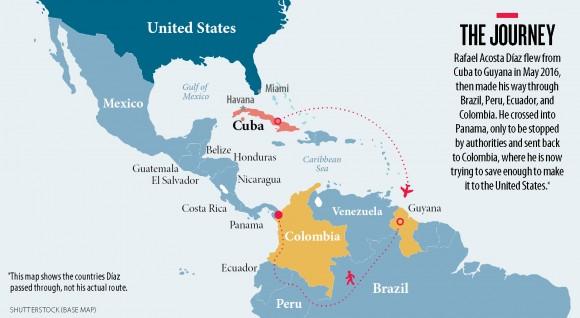
“This change shouldn’t have arisen, because when someone leaves a country and is suffering from all these journeys, to be killed like thousands of Cubans, deceived, cheated ...” Acosta said, clenching a fist in visible anger. “It was a very radical change.”
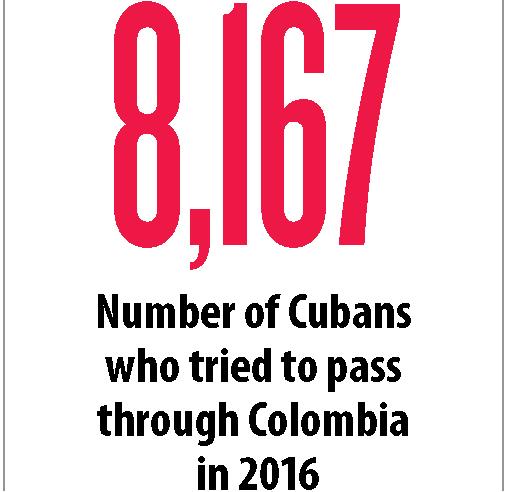
Despite the repeal of the policy, Cubans are still passing through Colombia in pursuit of the American dream. The journey sees migrants in the jungles and mountains of the Andes, the harsh coastlines of the Central American isthmus, and the arid deserts of Mexico, before they reach the U.S. border. For most of that journey, they are in the hands of smugglers and criminals.
Migración Colombia, the state agency responsible for border control, reported that 698 Cubans have entered Colombia in 2017 so far. Last year, 8,167 arrived in the Andean nation, second only to the number of Haitians that passed through. The route passes through the Amazon and Darien jungles, where many lose their lives to tropical illnesses or by falling, due to the difficult mountain terrain.
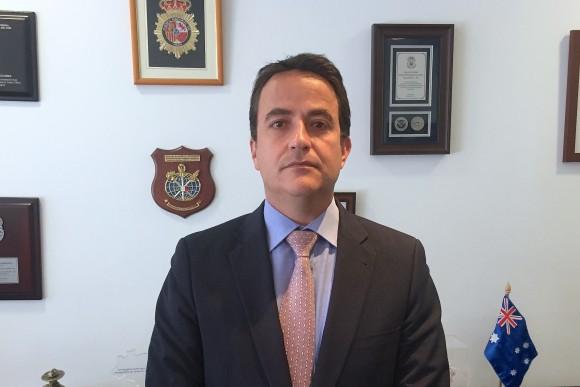
Christian Krüger Sarmiento, director of Migración Colombia, saw problems in “wet foot, dry foot,” believing the policy incentivized would-be immigrants to come through third-party countries. “It would be totally positive if they arrived directly from their country of origin to their destination country,” said Sarmiento.
He added that many people die on the journey and are regarded as John Does, as their remains can’t be identified.
Migrants rely on the knowledge and expertise of smugglers throughout the entirety of their journey. In Colombia, these smugglers, called coyotes, often work as fishermen and guides for tourists. While coyotes are usually poor subsistence workers, the people they work for are feared mafia-type bosses involved in Colombia’s civil war.
Pablo Flórez is one such coyote, and he has experienced the conflict firsthand.
He was 11 years old when anti-insurgent paramilitary forces arrived in his small village in Cordobá, a department west of Sapzurro. They suspected his father of working with the leftist FARC rebels that were present in the region, and executed him. Florez was made to watch.
He fled shortly after and arrived in Sapzurro, where he found work guiding migrants across the border.
“There’s a big risk when it rains in the rivers,” Flórez said in a hotel room, cautious that no one was listening in, “because many of them don’t know how to swim. They bring their children—months-old children, 5-year-olds, 10-year-olds.”
Flórez said that while he has heard horror stories, no one has died while he was smuggling them. “Thanks to God I have never had someone injured there.”
Despite the hardships of stranded migrants, Acosta’s resolve has never been stronger. He dreams of meeting his wife in Austin and sending money back home to Cuba to bring his daughter over. He says he only has one option: “Enter the United States, or die trying.”
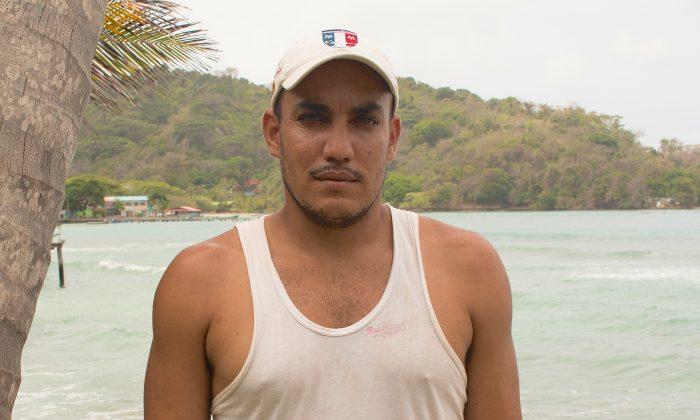
Friends Read Free